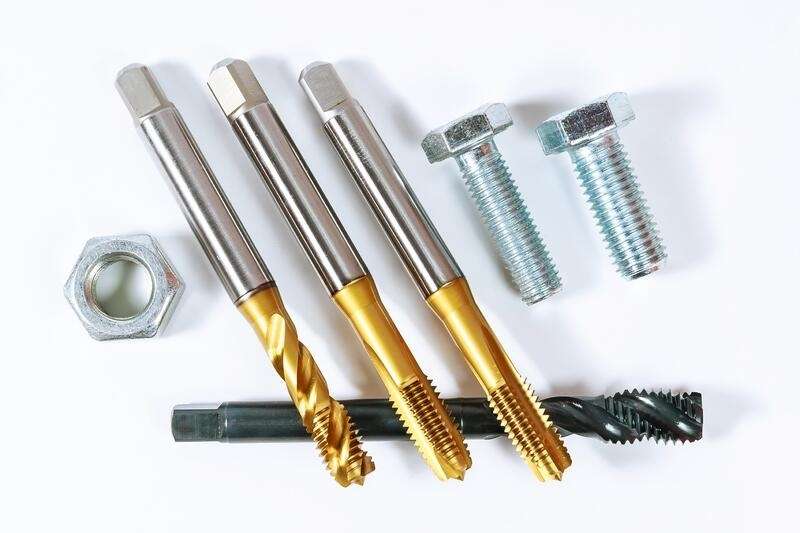Have you ever found yourself overwhelmed by the sheer variety of threading tools available in hardware stores? From taps and dies to thread chasers and thread mills, the world of threading tools can be a complex and confusing one to navigate. Fear not! In this comprehensive guide, we'll delve into the different types of threading tool, their applications, and how to choose the right tool for your specific needs.
Know the Threading Tools:
- Before we dive into the specifics, let's first understand what threading tools are and why they're essential in hardware and manufacturing industries. Threading tools are used to create threads on various materials, such as metal, plastic, and wood, allowing for the assembly of components and fastening of parts. These tools come in a range of designs and configurations to accommodate different threading requirements.
Types of Threading Tools:
- Taps: Taps are used to cut internal threads in pre-drilled holes, allowing bolts and screws to be threaded into the material. They come in various types, including hand taps, machine taps, and pipe taps, each suited to specific applications and materials. For example, spiral point taps are designed for through-hole threading, while spiral flute taps are ideal for blind-hole threading.
- Dies: Dies are the counterpart to taps, used to cut external threads on rods and bolts. Like taps, dies come in different varieties, such as round dies, hex dies, and adjustable dies, catering to various thread sizes and materials. For instance, hex dies are commonly used in construction and automotive industries for threading hexagonal bolts and studs
- Thread Chasers: Thread chasers are specialized tools used for repairing damaged or worn threads without removing material. They work by tracing the existing thread profile to restore it to its original dimensions. Thread chasers are commonly used in automotive repair shops, plumbing, and manufacturing facilities to salvage components with damaged threads.
- Thread Mills: Thread mills are milling cutters used to produce internal and external threads with precision and accuracy. Unlike taps and dies, which remove material to create threads, thread mills cut threads by helically interpolating a tool path. This method is particularly useful for machining threads in hard and abrasive materials, such as titanium and hardened steel.
Applications of Threading Tools:
Threading tools find applications across a wide range of industries, from automotive and aerospace to construction and plumbing. Some common applications include:
- Manufacturing: Threading tools are integral to the production of machine parts, fasteners, and components in manufacturing facilities. For example, taps and dies are used in CNC machining centers to create threads on metal workpieces with high precision and efficiency.
- Repair and Maintenance: Threading tools play a vital role in repair and maintenance operations, allowing mechanics and technicians to replace worn or damaged threads on machinery, equipment, and vehicles. Thread chasers are particularly useful for fixing stripped threads in engine blocks, cylinder heads, and spark plug holes.
- Construction: In the construction industry, threading tools are used for assembling structural components, such as steel beams, pipes, and scaffolding. Dies are commonly employed by plumbers and pipefitters to thread pipes for plumbing and HVAC systems, ensuring secure and leak-free connections.
- DIY Projects: Threading tools are also indispensable in DIY projects and home workshops, enabling hobbyists and enthusiasts to create custom threads for various projects. Whether it's building furniture, repairing appliances, or crafting metal sculptures, taps, dies, and thread mills empower DIYers to tackle a wide range of tasks with confidence and precision.
As we've explored, threading tools come in a diverse array of types and serve a multitude of applications across industries and disciplines. By understanding the different types of threading tools available and their respective uses, you can make informed decisions and choose the right tool for your specific threading requirements. Whether you're a seasoned professional or a DIY enthusiast, having the right threading tools in your arsenal is essential for achieving precision, efficiency, and success in your projects.






